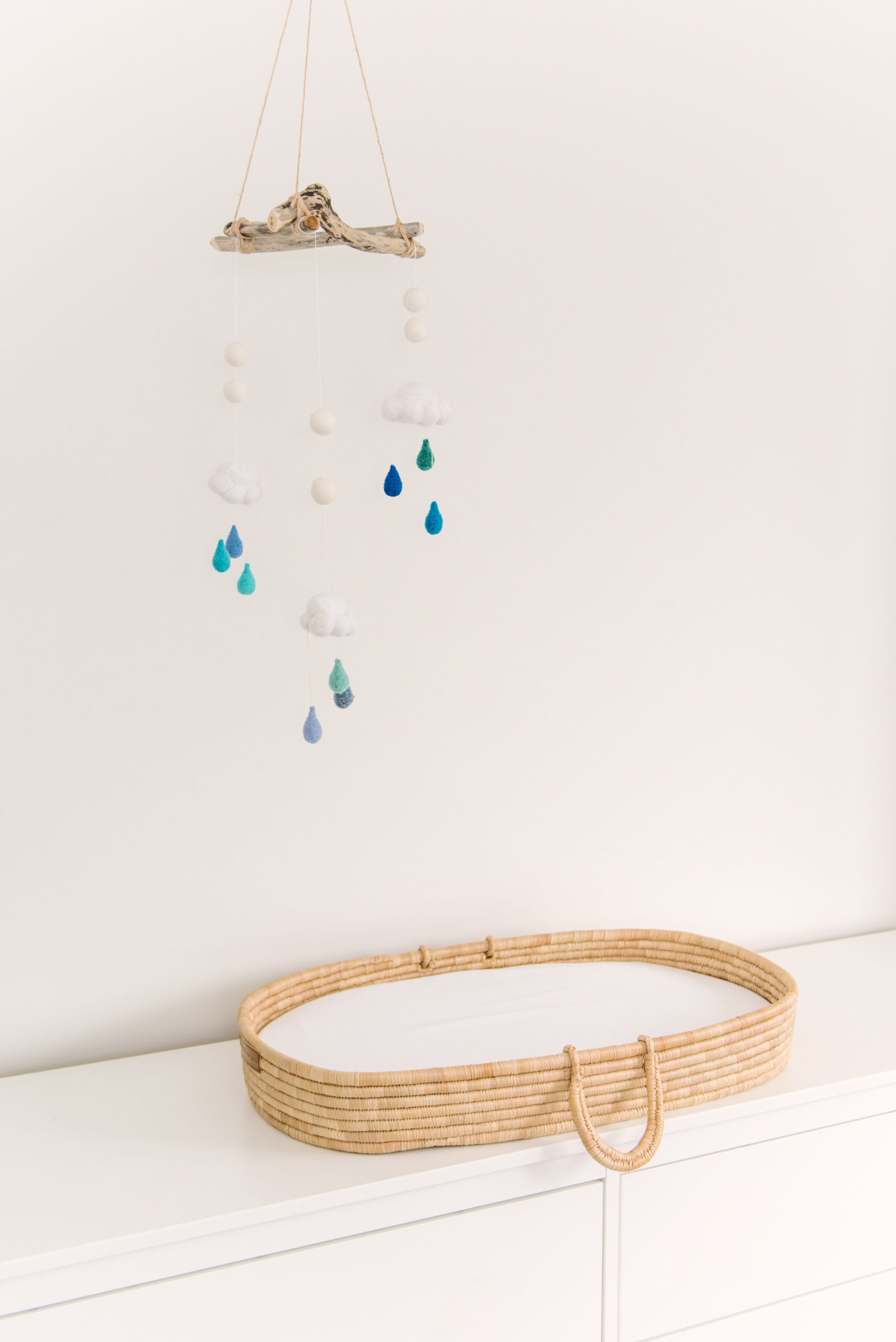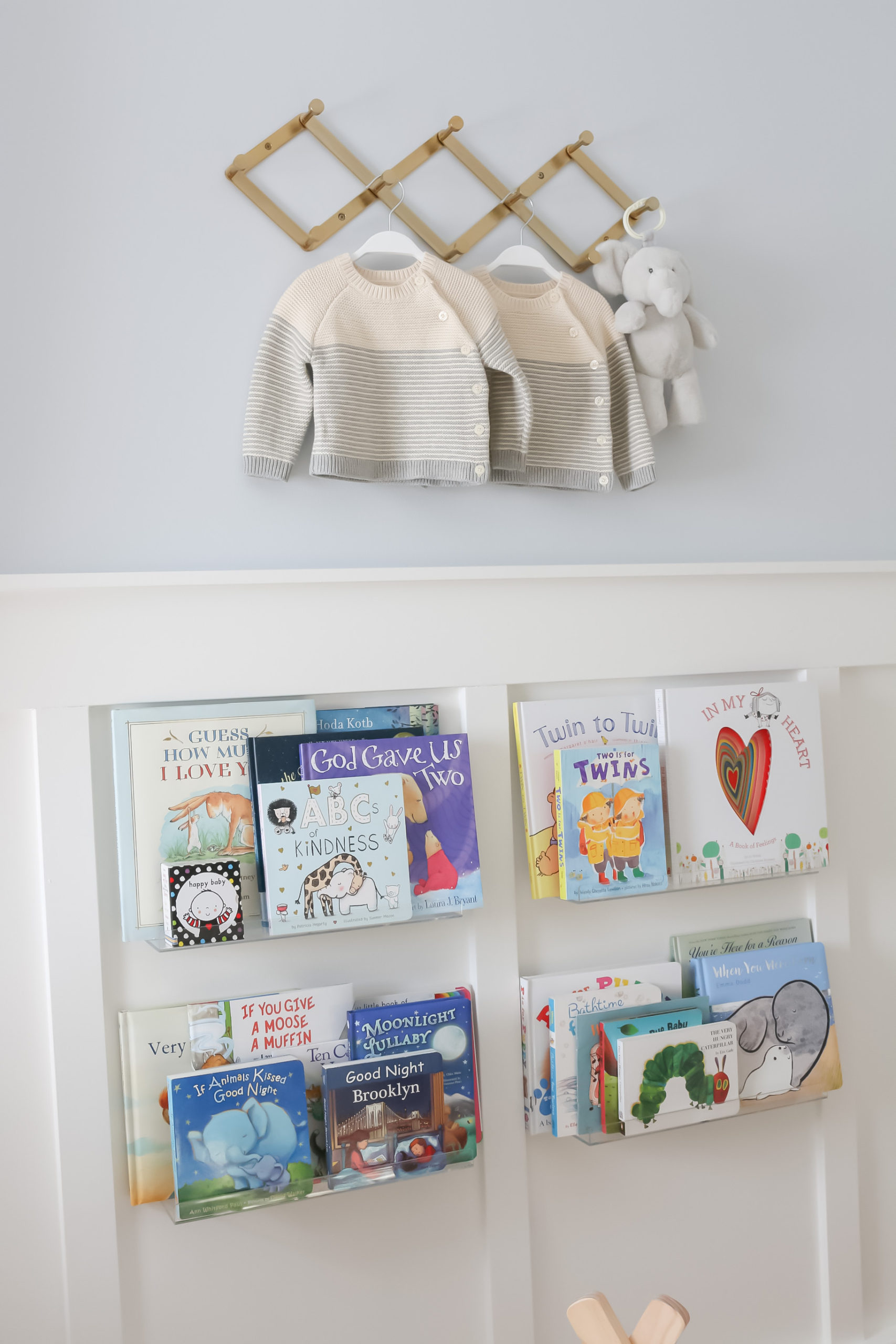Have you noticed your little one starting to resist their second nap of the day? It may be time to start thinking about transitioning them 2 naps to 1, but it can be a daunting task for both parents and children.
In this guide, I’ll provide you with everything you need to know to make the process as smooth as possible. From determining when your child is ready to establishing a new routine and dealing with resistance, we’ll cover it all. With my tips and tricks, you can help your child adjust to the new schedule and reap the benefits of a single, longer nap. Let’s get started!

How to Know When Your Child is Ready to Transition from 2 Naps to 1 Nap
To ensure a smooth transition from two naps to one, it’s essential to know when your child is ready. There’s no set age when this should happen, but most children make the switch between 14 and 17 months.
Signs that your little one is ready for one nap include:
- consistently fighting their second nap
- taking longer to fall asleep at nap time
- and waking earlier from naps
Another indicator is if your child can stay awake for longer stretches without getting irritable or overstimulated. If they have no trouble being awake for three to four hours at a time, it may be time to drop the second nap. Observe your child’s behavior, and trust your instincts; if they’re ready, they’ll let you know.
Once you’ve determined your child is ready to transition, it’s time to establish a new routine.
Establishing a New Routine
Once you’ve determined that it’s time to transition from two naps to one, it’s essential to establish a new routine. This new routine should align with your child’s sleep needs and provide them with the structure they need to adjust to the changes. Start by gradually extending your child’s awake time in the morning and pushing back their nap time. Doing so will ensure that they are tired enough to fall asleep for the afternoon nap.
Make sure that you have a consistent schedule that you can stick to every day. This can be a challenge, especially if you have other commitments, but it’s essential to keep your child’s routine as consistent as possible. A predictable schedule will help your child learn when it’s time to sleep and when it’s time to be awake.
Your new routine should also include quiet, calming activities before nap time to help your child wind down. Activities like reading a book, snuggling, or listening to soft music are great ways to help your child relax and get ready for sleep.
Establishing a new routine takes time, and you should be patient with your child as they adjust to the changes. With consistency and patience, you’ll find that your child’s body will begin to adjust to the new routine, and they’ll have an easier time falling asleep during nap time.
This new routine will set the foundation for nap time success. In the next section, we’ll provide tips to ensure that your child’s nap time is both restful and successful.
Tips for Nap time Success
Establishing a new nap routine can be a challenging transition for both parents and children. However, with patience and consistency, you can set the foundation for nap time success. To ensure your child’s naptime is restful and successful, here are some tips:
Firstly, establish a consistent nap time routine. Consistency is key when it comes to creating a nap time schedule. Your child should be napping at the same time each day, ideally following the same pre-nap routine such as reading a book or singing a lullaby.
Secondly, create a comfortable sleep environment. Make sure the room is dark, quiet, and cool. Use a white noise machine to block out any outside noise. Additionally, ensure your child has a comfortable sleeping surface and is dressed appropriately for the temperature.
Some of my favorite baby sleep essentials are here!
Thirdly, be mindful of your child’s awake time. It’s important to note that a child’s nap should be timed according to how long they have been awake. Too much awake time can lead to an overtired child, making it more difficult for them to fall asleep.
Lastly, be patient with your child. Some children may take longer to adjust to a new nap schedule than others. It’s important to be patient and consistent, as your child’s body will eventually adjust to the new routine.
If you encounter resistance during nap time, don’t worry. In the next section, we’ll discuss some strategies to deal with nap time resistance.
Dealing with Resistance
If you’re in the process of transitioning your child from 2 naps to 1 nap, it’s important to be aware that resistance from your child may occur. Some children may resist the change in their nap schedule, and this can make the process more challenging. However, it’s important to remain patient and consistent in your approach.
There are several strategies that can help you deal with nap time resistance, which we will discuss in the next section. By implementing these strategies, you can help your child adjust to the new routine and ultimately achieve the benefits of a single morning or afternoon nap. Sticking to the new schedule is key, and with the right mindset and approach, you can help your child successfully transition to a single nap.
Sticking to the New Schedule
Once you have made the decision to transition your child from 2 naps to 1 nap, sticking to the new schedule is vital for success. Consistency is key. It’s best to establish a routine and stick to it as closely as possible, even on weekends or holidays. This helps your child’s body adjust to the new nap schedule and can help reduce resistance or confusion.
While it’s important to be consistent, it’s also important to be flexible. Some days, your child may need an earlier or later nap time, and that’s okay. However, try to maintain a similar schedule each day and adjust as needed.
Another important aspect of sticking to the new schedule is setting boundaries. It’s important to communicate to family members, caregivers, or anyone else involved in your child’s care about the new nap schedule. This can help prevent disruptions or misunderstandings.
If your child does resist the new schedule, try not to get discouraged. Remain calm and patient, and try different strategies to help them adjust. Consistency, patience, and communication are key factors in successfully transitioning to a single nap schedule.
How to Transition from 2 naps to 1
The 2-1 nap transition can take a few month to fully stabilize.
To start the transition, you gradually stretch the first wake time to 4 hours (wake, 4-4.5 hour wake time, nap, 5-5.5 hour wake time, bedtime). Then you gradually increase the first wake time by 15 minutes every few days until desired time.
If the nap is under an hour and a half, you offer a cat nap around 3-4 pm.
You may have some days of 1 nap and other days with two naps which is totally normal and expected until that 1 nap becomes more stabilized.
Sample Schedule of 2-1 nap transition

1 Nap Schedule

Final Thoughts
In conclusion, the 2 to 1 nap transition can be a challenging time for both you and your child. However, with the right approach, it can be done smoothly and without any major difficulties.
Remember to pay close attention to your child’s cues, establish a new routine, remain consistent, and offer plenty of support and reassurance throughout the process.
By doing so, you’ll ensure your little one gets the rest they need while establishing a new routine that works for everyone. Before you know it, you’ll both be enjoying the benefits of the new 1 nap schedule.






